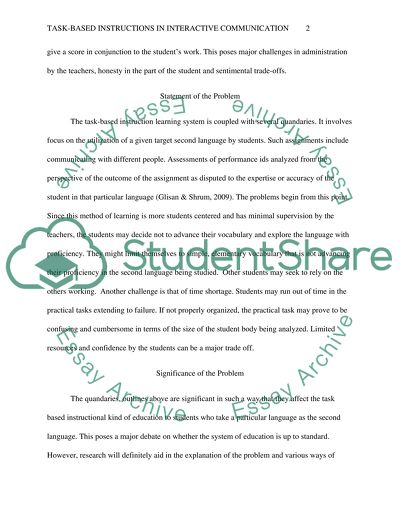Cite this document
(“Task-based Instructions in Interactive Communication Research Paper”, n.d.)
Task-based Instructions in Interactive Communication Research Paper. Retrieved from https://studentshare.org/education/1437436-task-based-instructions-in-interactive-communication
Task-based Instructions in Interactive Communication Research Paper. Retrieved from https://studentshare.org/education/1437436-task-based-instructions-in-interactive-communication
(Task-Based Instructions in Interactive Communication Research Paper)
Task-Based Instructions in Interactive Communication Research Paper. https://studentshare.org/education/1437436-task-based-instructions-in-interactive-communication.
Task-Based Instructions in Interactive Communication Research Paper. https://studentshare.org/education/1437436-task-based-instructions-in-interactive-communication.
“Task-Based Instructions in Interactive Communication Research Paper”, n.d. https://studentshare.org/education/1437436-task-based-instructions-in-interactive-communication.


